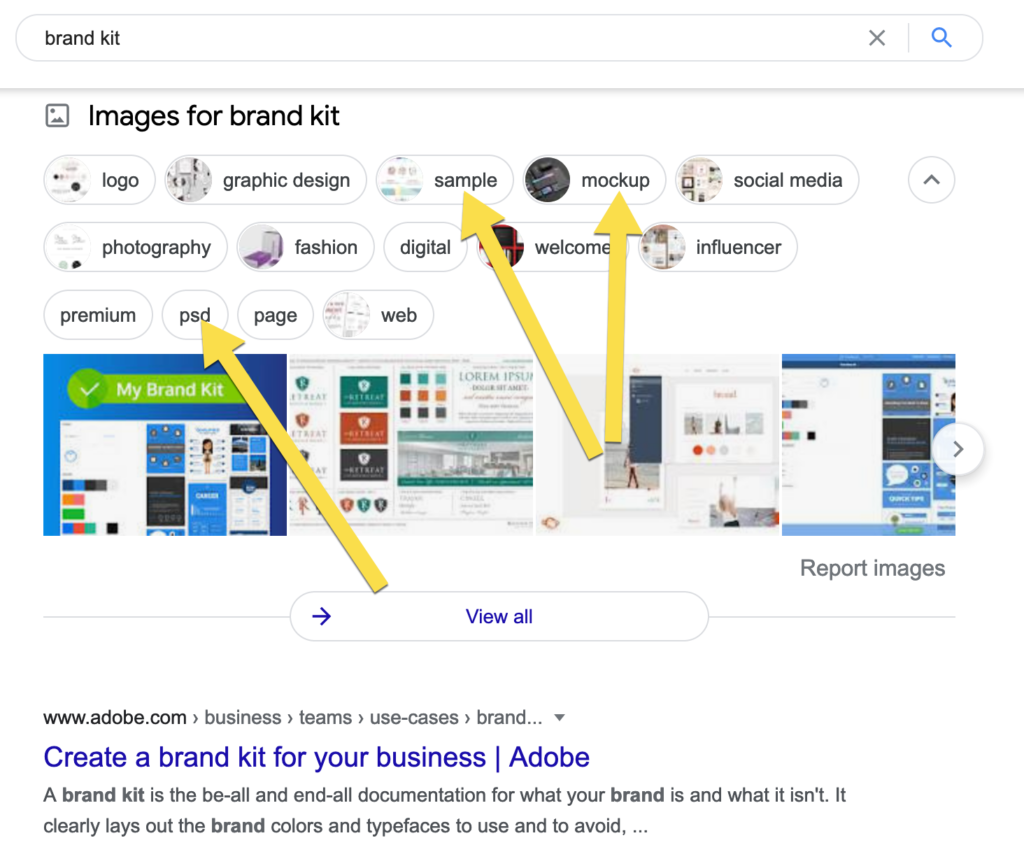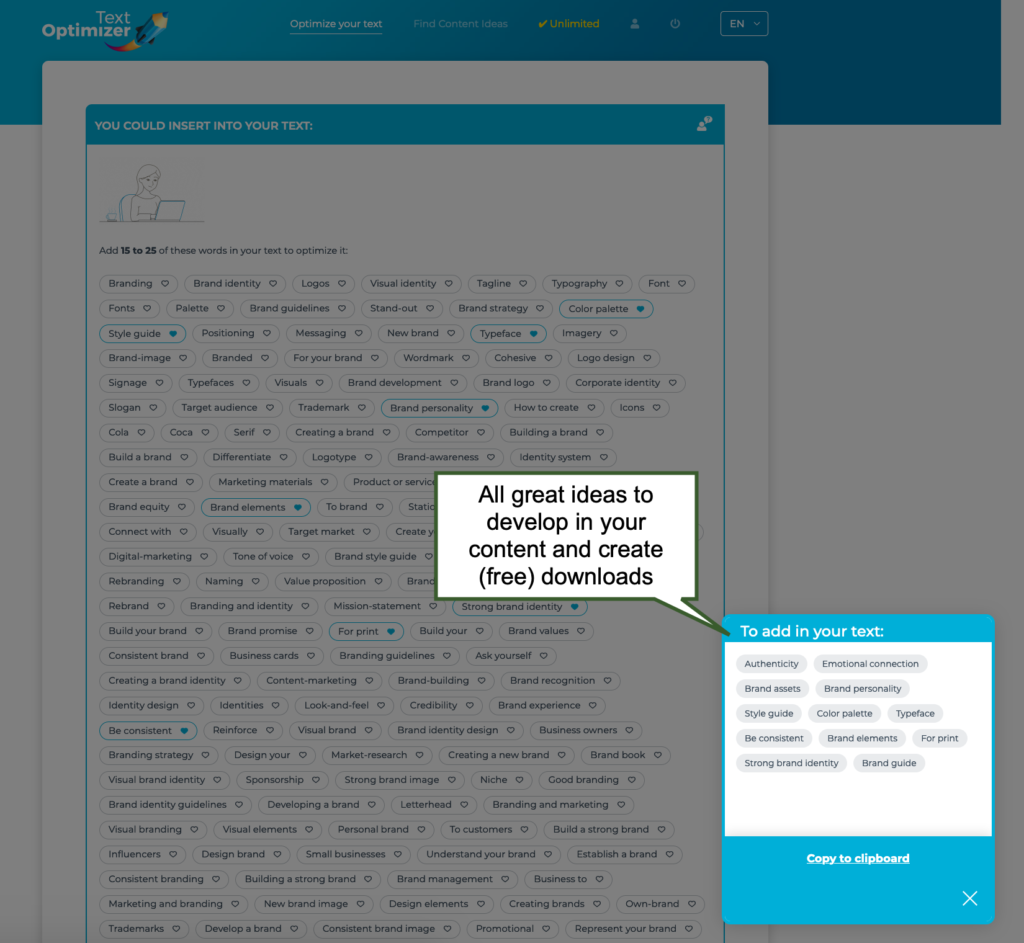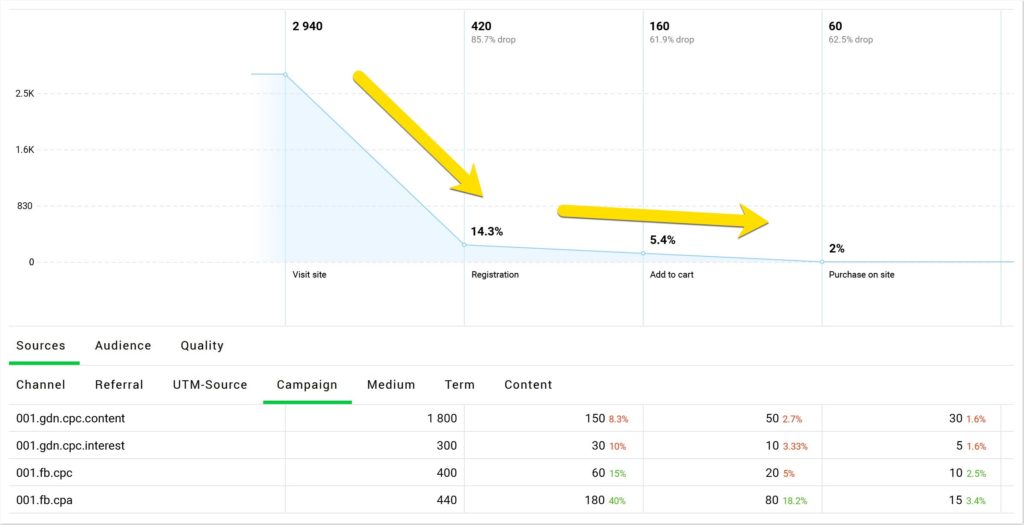Digital marketing has evolved far beyond publishing regular blog posts and broadcasting them through brand-owned channels.
It used to work pretty well about a decade ago but it will hardly produce just about any results these days.
We live in the era of an always multitasking, ever-moving consumer who is hard to impress. These days most brands were forced to up their content creation game and start producing in-depth and interactive content, investing into video creation and designing original graphics.
However it is not enough. While content quality is fundamental, your content strategy will fail to have any impact on your company’s bottom line unless it is optimized for capturing and nurturing leads.
Step 1: Optimize for the Customers’ Journeys, not Just Keywords
Every content creator knows what keyword research is and how to find keywords for their next piece.
Well, this is no longer enough.
Instead of targeting keywords, target a customer’s experiences.
Behind each search query, there’s that searcher’s intent, i.e. what they are hoping to do when they see search results. As Lior Krolewicz of Yael Consulting, explains:
…purchasing intent is a measurement of the likelihood that a given individual will be purchasing specific goods or services at some point in the future. This is an incredibly powerful statistic, as it allows you to target people who are already in the market for what you are selling.
As buying journeys are becoming more and more complicated and unpredictable, you may adopt an even more robust approach.
In other words, for every content you are thinking to create next, identify:
- Which keywords (and questions) your target reader is likely to type into the search box when looking for something your content is answering / solving
- What may have brought them to search for those specific queries (Are they in the middle of the project? Are they in the process of buying something? Are they fighting a condition? etc.)
- Create content that serves #2 in the best possible way. Provide directions and downloads which would match all possible scenarios that may have brought people to your site.
This is how you create the most useful and most engaging content: You give your site visitors exactly what they were looking for.
Google search may give you lots of clues as to those customer journeys you need to match through your content. For example, if you search for something like [brand kit], you will see Google suggesting that many of their users are interested in samples, mockups and psd files, so this is something that would be helpful:

If you are writing content on creating a brand kit, include various downloads for your readers to be able to grab and play with right away.
A semantic research tool called Text Optimizer will also help you identify those various helpful angles and assets that will make your content irresistible.

Text Optimizer analyzes search results for any given search query and extracts associated concepts to give you a better idea how to satisfy your target reader better. The more suggestions you implement in your content, the better job it is going to do at matching your content to various browsing journeys.
Semantic analysis is certainly not a new concept but too many brands are still not utilizing it (and even have no idea what it is), so that tool is a nice way to start.
Step 2: Hook up Your Optin Forms to a Customer Relationship Management Platform
Most websites are using optin forms to get those lurkers to subscribe to an email list for businesses and writers to be able to build some type of relationships with them (and probably convert them into buyers later).
Well, this tactic is getting old.
Firstly, people are less and less willing to give away their email addresses. Secondly, our email inboxes are so cluttered these days that it is next to impossible to get your marketing email noticed.
It is high time that we rethink our lead nurturing process. Two possible ways to try out are:
- Hook up your opt-in forms to a customer relationship management platform. Hubspot provides one for free, but there are more CRM options to consider. A CRM platform will help you organize your contacts and develop a more comprehensive strategy of reaching out to them. You can use social media, keep a detailed record of all your interactions and identify best ways to turn your readers into buyers.
- Use Facebook retargeting to be able to reach out to your content readers with personalized ads through the platform. This will allow you to get in touch with those people who chose not to subscribe to your list. Here’s how to install Facebook’s pixel on your site.
Both of these methods do not require any technical skills to implement while allowing for multiple cross-channel marketing opportunities. Capture your content readers’ attention around the web!
Step 3: Monitor and Re-Evaluate Your Conversion Funnel
Finally, changing the way you evaluate your content effectiveness is a must if you want to better understand which of those articles do the best job matching your customers’ journeys.
Google Analytics is the most obvious option here, only it is not easy to figure out. Finteza is another option, especially with their “Funnels” option allowing you to clearly see which pages “funnel” web users into becoming leads and buyers.
Creating a funnel is easy: Simply select your article URL and then any number of “desired” actions (clicks, form fills, etc.) you’d like your article readers to perform. Finteza will show just how many users proceed interacting with your site the way you have planned this out:

You can also slice and dice your data to see more detailed information. For example, you can evaluate how mobile users are converting on that page. Or you can even narrow it down to any specific mobile device model. This is very helpful in developing customer personas and adjusting your page elements to engage your users better.
It is also a smart idea to include this evaluation in your monthly website audit routine to ensure it is performed on a regular basis. This way your content and SEO strategies will be more integrated, and hence more effective.
There’s also no shortage of engagement tools allowing you to diversify your CTAs, personalize your message and follow your customers’ journeys around the web.
Conclusion
A content marketing strategy is ever evolving. There’s never a point where you can say “I have found the most effective way to create and market content”. It is never going to happen.
Hopefully, the three steps above will help you find a few new ideas to experiment with. Good luck!
The post How to Optimize Your Content Strategy for Lead Generation appeared first on DigitalMarketer.
About us and this blog
We are a digital marketing company with a focus on helping our customers achieve great results across several key areas.
Request a free quote
We offer professional SEO services that help websites increase their organic search score drastically in order to compete for the highest rankings even when it comes to highly competitive keywords.
Subscribe to our newsletter!
More from our blog
See all postsRecent Posts
- Web Hosting September 26, 2023
- Affiliate Management September 26, 2023
- Online Presence Analysis September 26, 2023

